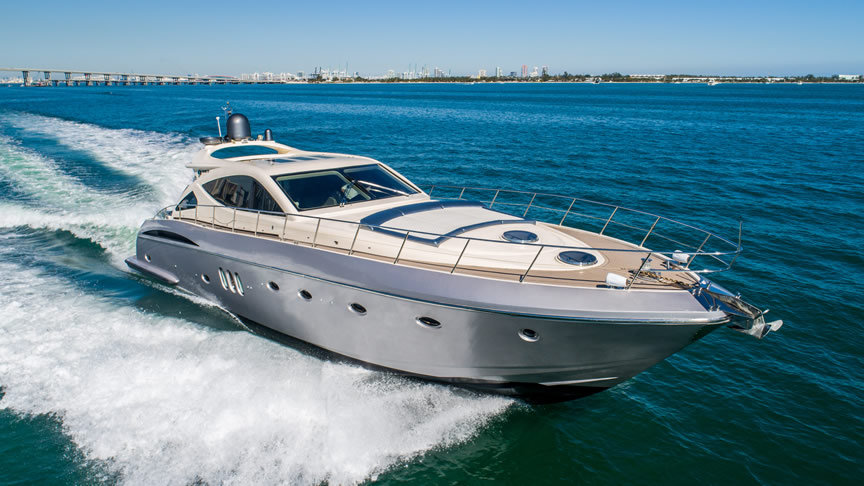Introduction
The Renaissance was a period of history that began with the Renaissance and ended at some point, depending on who you ask. The Renaissance saw a rebirth in art and culture, where artists sought to reestablish classical ideals in all aspects of their work. It’s also called “the Age of Exploration” because it led to so many new discoveries about science and geography. But did you know that some Renaissance painters used cameras obscura to create their paintings? Or that they didn’t use perspective—but did use vanishing points? We’ve got the scoop on some other facts about this amazing time period:
The Renaissance is a period of history that begins with the Renaissance and ends at some point, depending on who you ask.
The Renaissance is a period of history that begins with the Renaissance and ends at some point, depending on who you ask.
The term “Renaissance” comes from the French word for rebirth (renaissance), which is how people felt about themselves after surviving World War II and learning how to spell again.
Renaissance artists used the camera obscura to create their paintings.
- What is a camera obscura?
A camera obscura is an instrument that projects an image onto a surface. It was used by Renaissance artists to trace their paintings, as well as by scientists who were interested in the human eye.
- How does it work?
Light passes through a small hole into the dark interior of a room or box with no lens or other optical element; this forms an inverted image, which can be projected onto any surface opposite to where light enters from outside of the box (on its floor). This concept was first described by Ibn al-Haytham (Alhazen), who wrote about it in his Book of Optics (1021).
Renaissance art didn’t use perspective, but it did use vanishing points.
Renaissance paintings are known for their use of perspective, but they were not the first to do so. Perspective was a technique developed by Renaissance artists. It’s used to create the illusion of depth in a painting by using vanishing points: lines that converge at one point on the horizon line (the line where sky meets land). In other words, if you’re looking at a landscape from above–like if you were flying over it in an airplane–you would see these lines converging at what seems like infinity as they approach each other.
In addition to creating depth with vanishing points, some Renaissance painters also used trompe l’oeil (French for “deceive the eye”) techniques like foreshortening or overlapping objects to make things look bigger or smaller than they actually are; this allowed them bring viewers deeper into their paintings by making them feel like part of the scene!
The Renaissance was an era for artists to reestablish classically based ideals in art and culture.
The Renaissance was an era for artists to reestablish classically based ideals in art and culture. The term “Renaissance” means “rebirth,” and it refers to the time period between 1400-1600. During this time, many people were looking back at ancient Greece and Rome for inspiration as they attempted to revive their own culture. Artists wanted their work to be seen as classical, which meant that they used elements like realism or perspective in their paintings and sculptures.
For example: Leonardo da Vinci (1452-1519) studied anatomy so he could paint realistic portraits with lifelike features on his subjects’ faces
There are a lot of interesting facts about Renaissance painting.
Renaissance art is also known as the “rebirth of classical ideals,” and it was an era when artists tried to reestablish classically based ideals in art and culture. The Renaissance began in Italy in the 14th century, but there are many interesting facts about Renaissance painting that you may not know.
One example is that Renaissance artists used the camera obscura to create their paintings instead of using perspective like we do today. This means they didn’t have any vanishing points or horizon lines on their canvases because they were working with an optical device rather than a camera lens! However, this doesn’t mean their work wasn’t realistic–it was just done differently than ours would be today (or even back then).
Conclusion
There are a lot of interesting facts about Renaissance painting.




More Stories
Catamaran Rentals in Ibiza Beach: Tailored to Your Needs
The Tower Of London, A Castle That Is Still Home To Royal Guards
Ukrainian Cuisine: Creamy Sauces And Mustard, Fruits And Wheat